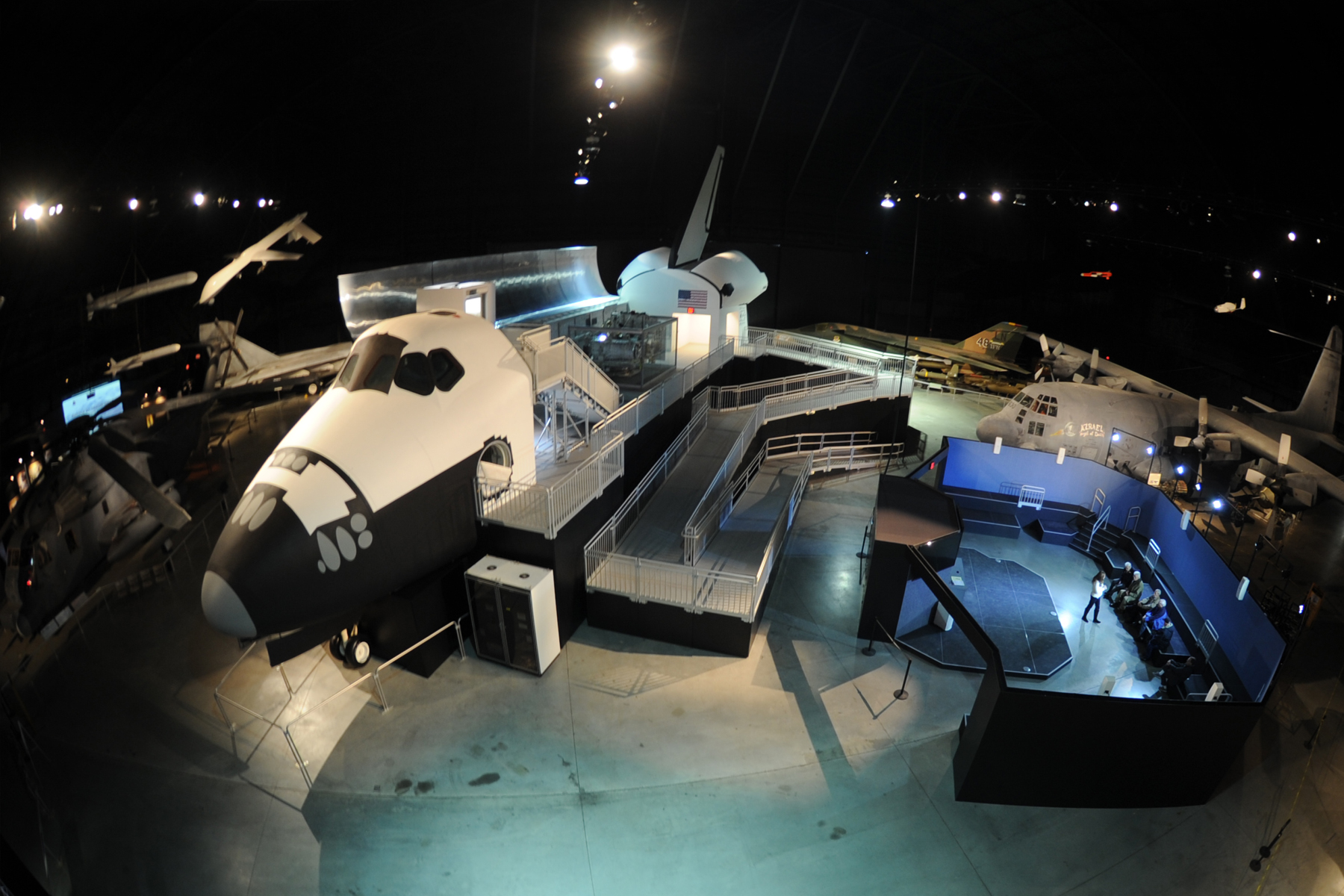When one thinks of space wars, the immediate thought that occurs in most of our minds is probably “you mean Star Wars?” Then, once corrected to illustrate that war in space is what is meant, the next thought is often, “oh, like Trump’s whole ‘Space Force’ thing?” In actuality, though, space warfare is a bit more complicated than just making Another Air Force But Higher Altitude, or a Mean NASA. For one thing, it isn’t necessarily just Luke Skywalker shooting lasers at the Death Star. Space warfare also incorporates space-to-ground and ground-to-space warfare, like attacking satellites, or using satellites to attack countries.
“In space, if you fire a gun, not only will a bullet come out of the gun, but you will go flying backward, because for every action, there is an equal and opposite reaction.”
Wars conducted partially or entirely in space would, by their very nature, be very different to those conducted mainly on Earth. Newton’s Third Law applies in a much more obvious way in space than it does on Earth. On Earth, if you fire a gun, you get a bit of recoil, but your body and the ground on which you are braced absorb that recoil. In space, if you fire a gun, not only will a bullet come out of the gun, but you will go flying backward, because for every action, there is an equal and opposite reaction. In order to fire a gun, or anything like it, you would need to be attached to something with enough mass that the momentum resulting from the bullet being fired would give only a tiny backward velocity.
“They forbid weapons of mass destruction and other elements of war from being placed into orbit around Earth or the Moon.”
One of the currently available weapons that will probably be widely used in any future space wars is the missile. Missiles have been an important piece of technology in space since we first started exploring it. The first rockets were missiles with probes or people strapped to the front instead of a bomb. They have since been used to shoot down satellites, mostly obsolete ones or within training exercises. Missiles are a weapon that could more easily be used in space than guns, since their method of deployment is basically different. Missiles have fuel within them, they don’t rely purely on momentum like bullets do. As the fuel burns and gets sent out of the back end of the missile, the missile is propelled forward because the centre of mass moves backward with respect to the missile, since some of the mass is now no longer in the missile. From there, inertia takes over, allowing the missile to continue moving forward with a constant velocity.
There are other theoretical weapons that could be proved useful, and lethal, in a war in space, such as space-based lasers. However, they have not been put into place. There are treaties amongst countries to prevent such things from happening – they forbid weapons of mass destruction and other elements of war from being placed into the orbit around Earth or the Moon. However, there are grey areas within these treaties, and within these grey areas is just enough space for possible irreparable damage. As much as space warfare seems more and more inevitable, with the rapid growth of technologies and growing political tensions, the future and legacy of the human species is at play – will humans turn the great unknown, the biggest laboratory in the universe, into nothing but a different place to kill each other?






